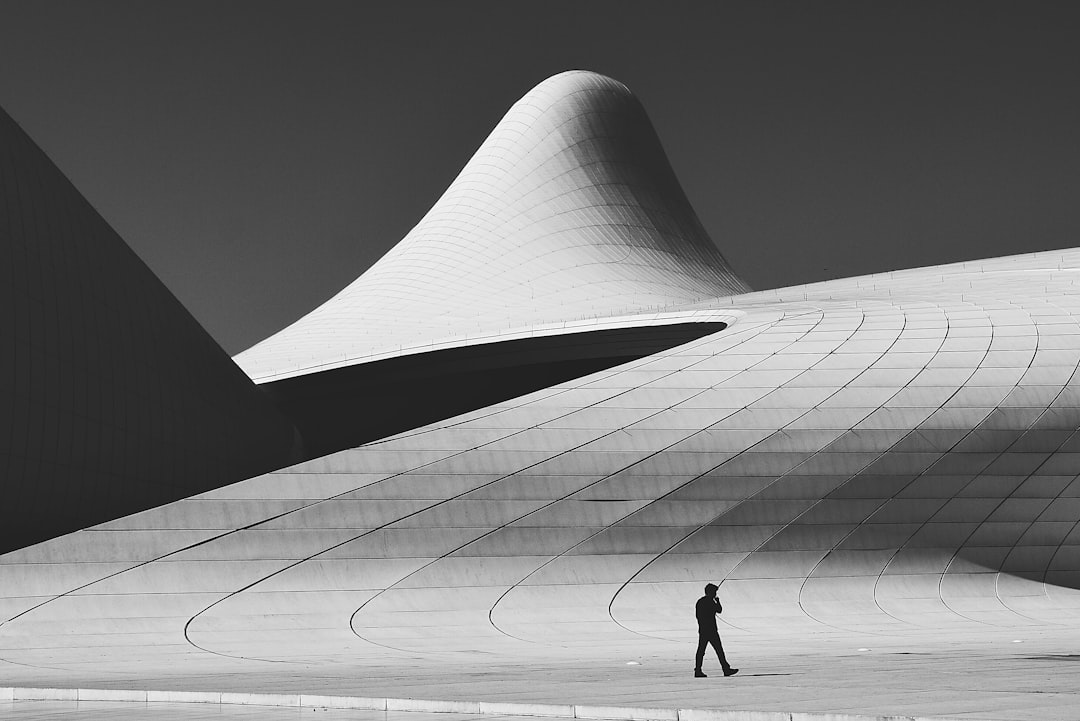In a world filled with design at every turn, from the devices we use to the websites we visit, design plays a critical role in shaping our experiences. With so much development in technology and information, we have made our minds a lot more complex. This could be because of the abundance of options and choices available to us. That's why most simple things are the hardest to explain. My mind tends to not accept the fact that simplicity can often be the most elusive concept to comprehend. It's interesting how our increasingly complex world can make it challenging for our minds to grasp the essence of simplicity.
Example of complexity

I have a website which contains some articles. Since I wanted it to be performant, I didn't want to do any fancy stuff. I have redeveloped this website more than 10 times, each time with a new interface. Back then I intended to make it look good. Now when I think of it, I never had a clear definition of what look good means to me. My perspective on how I wanted my website to look was directly related to the amount of fun I would have to code it. And what I considered interesting lasted only for a little while. Hence the next iteration.
Another example is the kitchen. I have reorganized my kitchen uncountable times. For an Indian, we have too many spices and too many kinds of recipes. The shelves had bigger height and stacking up boxes was efficient in terms of making good use of space. However, as I started using the kitchen over some time, the complexity of my kitchen grew. I found myself in need of specialized arrangements, additional storage solutions, and a more organized layout to make it usable in a more efficient way. It became a constant challenge to strike a balance between functionality and simplicity in my kitchen setup.
Misconception of design
Nowadays, the term design is often perceived as a sophisticated concept, accompanied by various misconceptions. However, what fundamentally defines design? Is it merely a procedure to create visually appealing objects? Not quite. It goes beyond mere aesthetics and it is not about adding ornaments to an item. Primarily, design is centered on enhancing the user's interaction with the environment, making it more intuitive and comprehensive.
Design - Art or Science?
While not fitting precisely into the categories of art or science, design incorporates elements from both. Art involves the creation of something that reflects the creator's vision, ideas, and emotions. While designers can convey emotions and evoke impressions through their work, this should not be their primary goal. Instead, it should be to effectively comminicate the intended message and functionality of the design. Emotions and impressions should align with the overall purpose and objective of the design. Understanding the engineering principles is crucial for effective and functional design. Scientific principles related to human psychology are important for designing products that are safe and user-friendly.
Design is not just what it looks like and feels like. Design is how it works.
- Steve Jobs
My Learnings
Over the period, my choices of developing applications and how to architect them have changed. Instead of focusing solely on aesthetics and complex features, I now prioritize functionality and simplicity. I have come to understand that design is not just about appearances, but about how effectively it serves users and enhances their experience. By embracing both the creative aspects of art and the principles of psychology, I try to create designs and develop applications that are not only visually appealing but also intuitive and user-friendly. I tend to think of design in programming; my co-workers should easily understand how a particular module or feature works, how can it be reused, and how it can scale.
Developing and designing something may lead to the introduction of complexity, and it often goes unnoticed unless we actively question our decisions and have appropriate reasoning. Critically examining the purpose and functionality of our designs allows us to prioritize simplicity. Simplifying complex concepts or designs requires a deeper understanding of their essence and a conscious effort to eliminate unnecessary complexities.
Practicing Design Thinking
Design thinking can be applied in day-to-day aspects of life. In my opinion, it starts with empathy, creativity and observation. Though deciding between convenience and aesthetics may pose a challenge, it could be helpful to consider the context and justify the significance of each factor accordingly. Rather than allowing lifestyle preferences to cloud this decision, consider letting thoughtful reflection guide and influence and alter your lifestyle.
Conclusion
To sum it up, I believe that design holds a pivotal position in influencing our experiences in a world marked by complexity. Opting for functionality and simplicity, rather than prioritizing aesthetics and intricate features, can result in designs that are more user-friendly and intuitive. It's crucial to constantly question our choices and simplify intricate choices. Integrating design thinking into our everyday lives can guide us in making mindful decisions and striking a harmonious balance between convenience and aesthetics.


